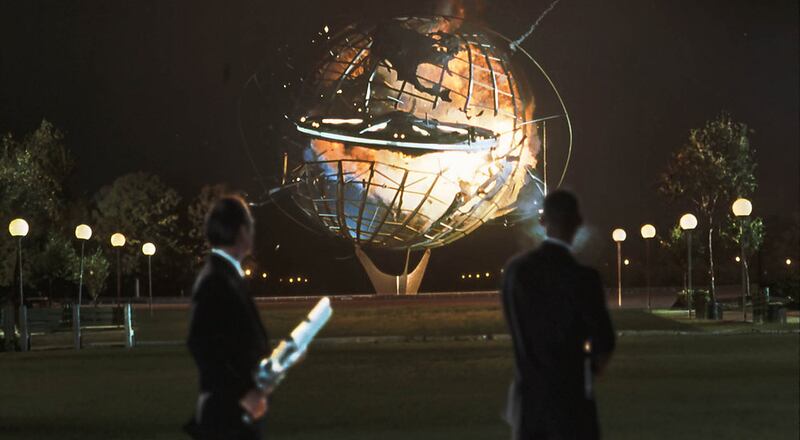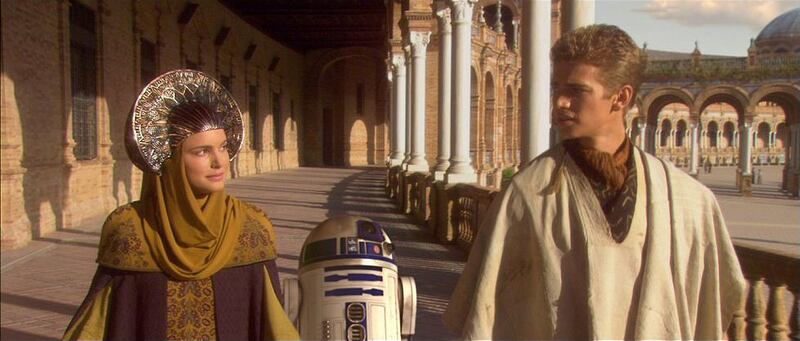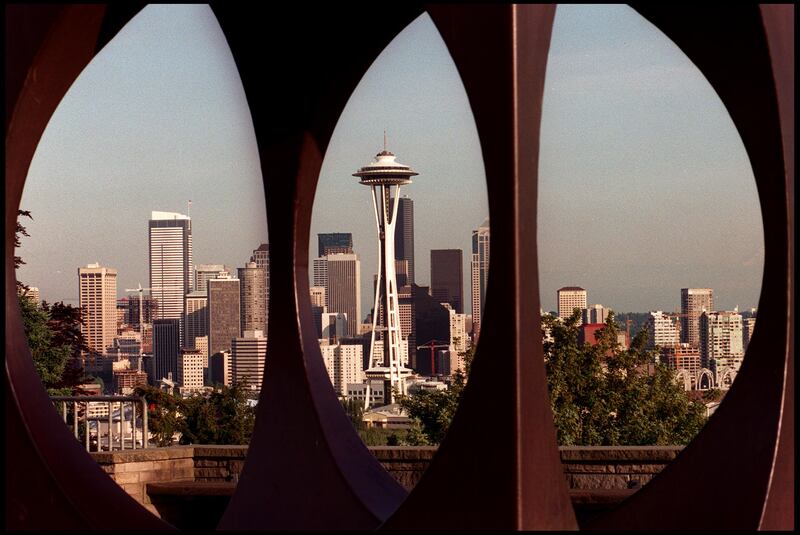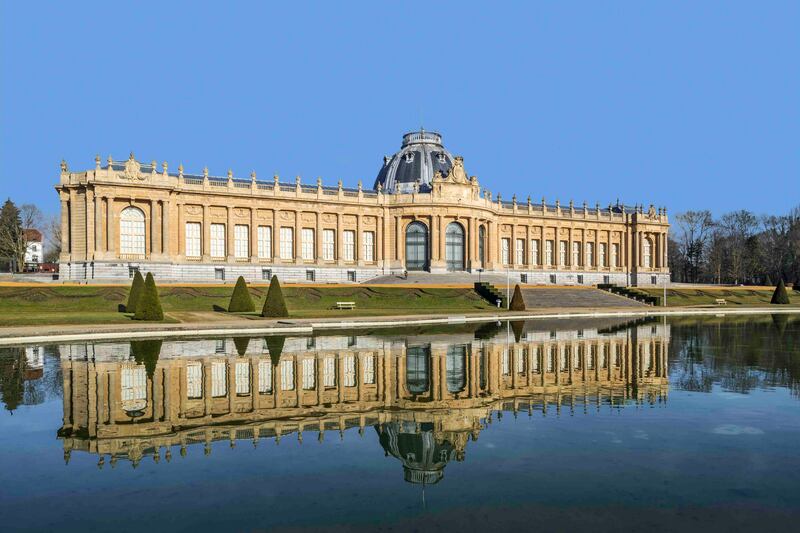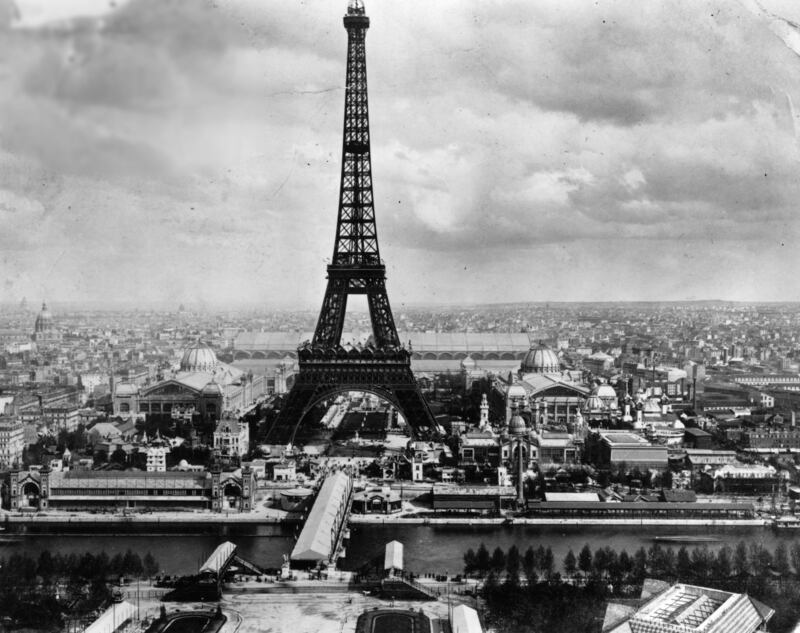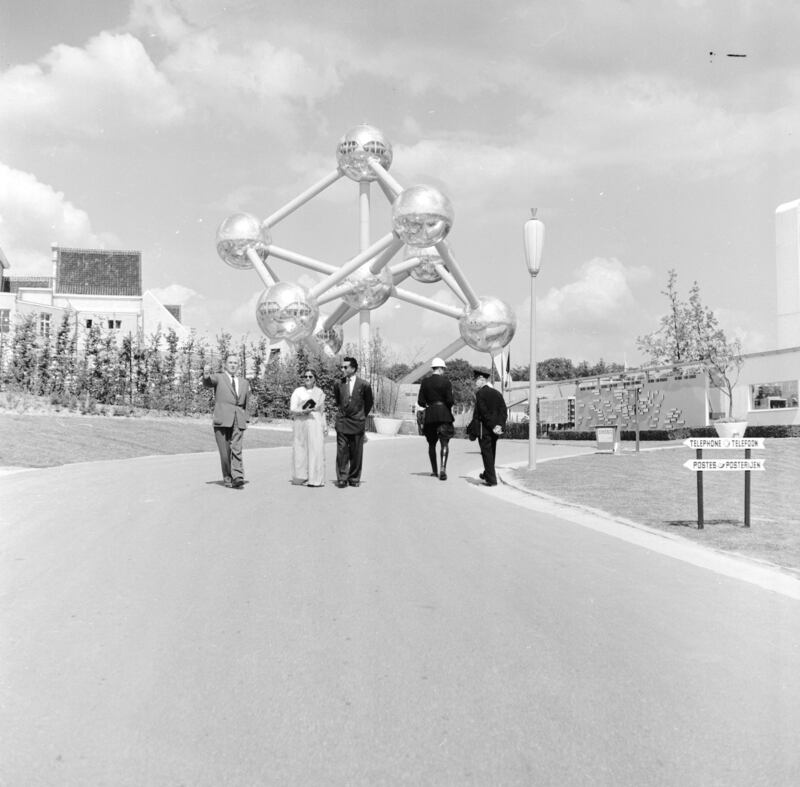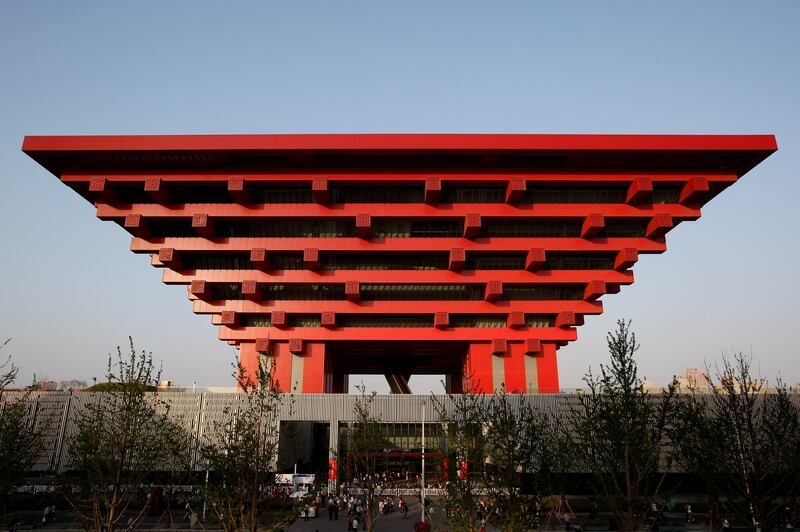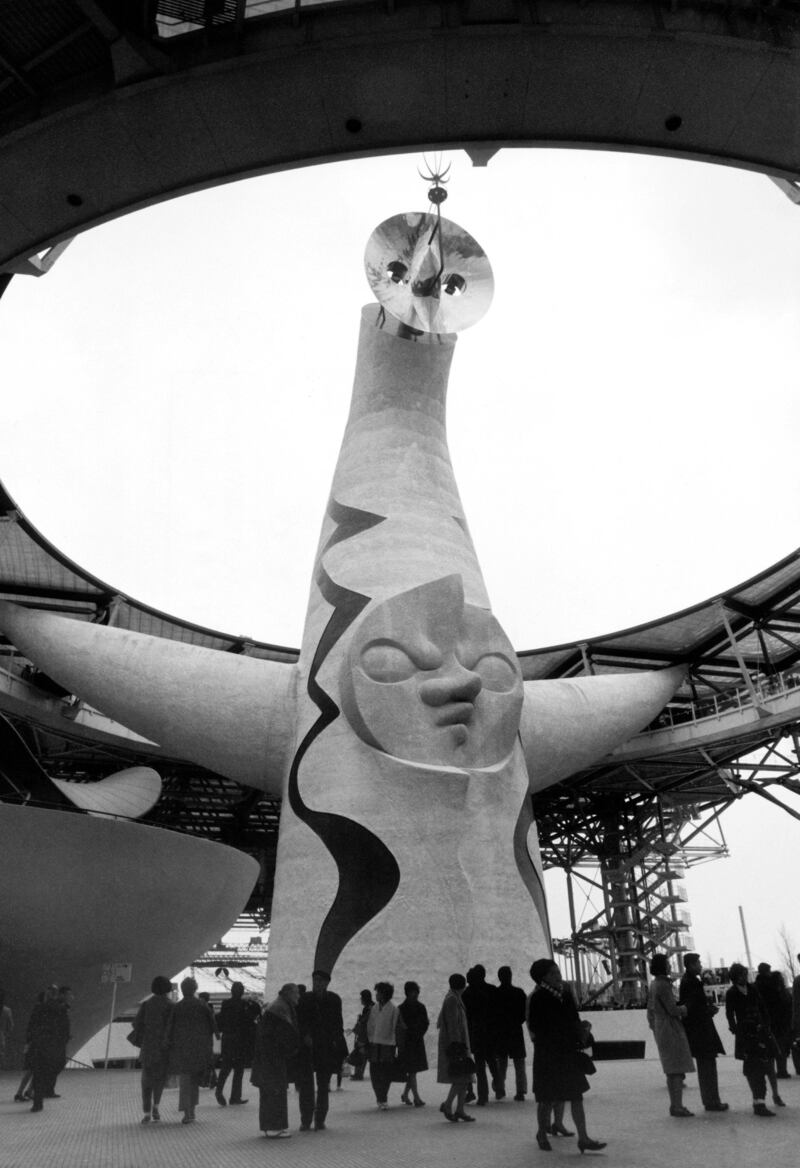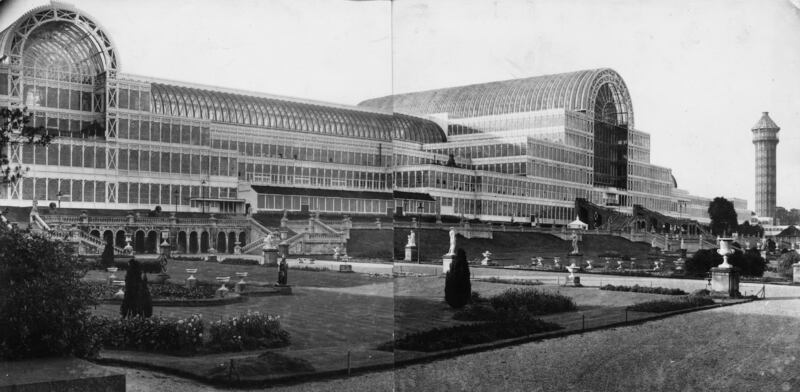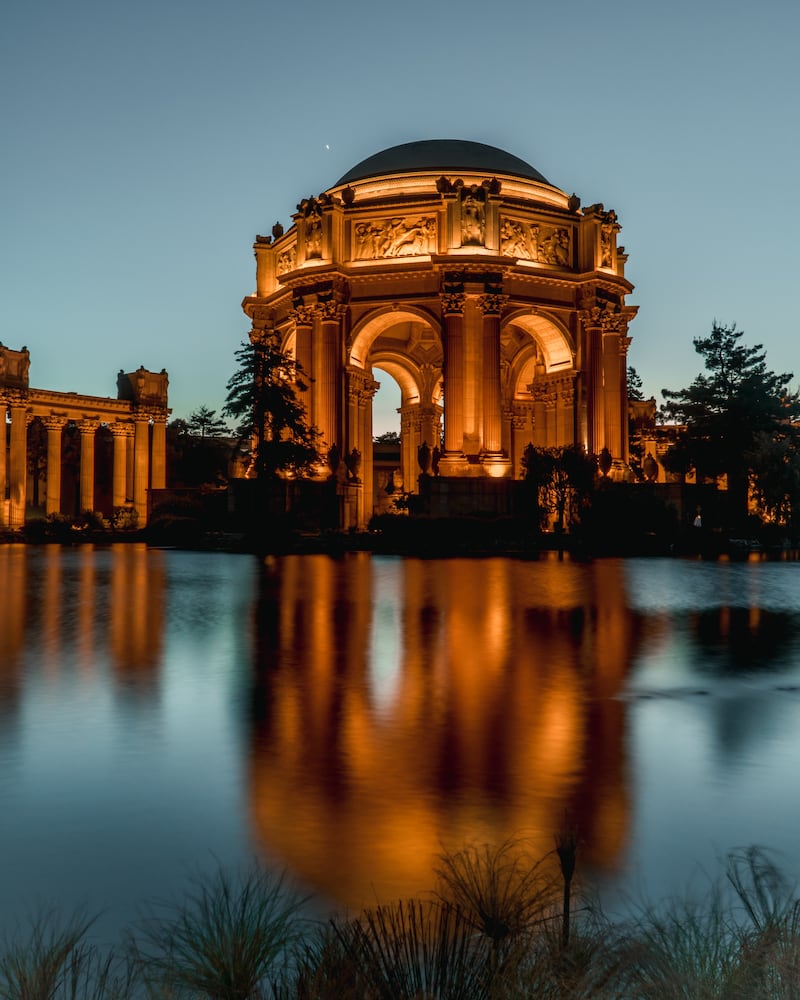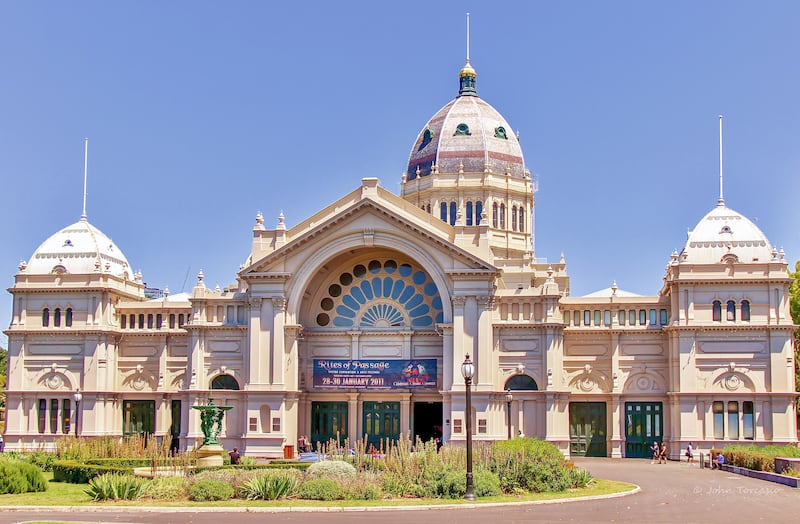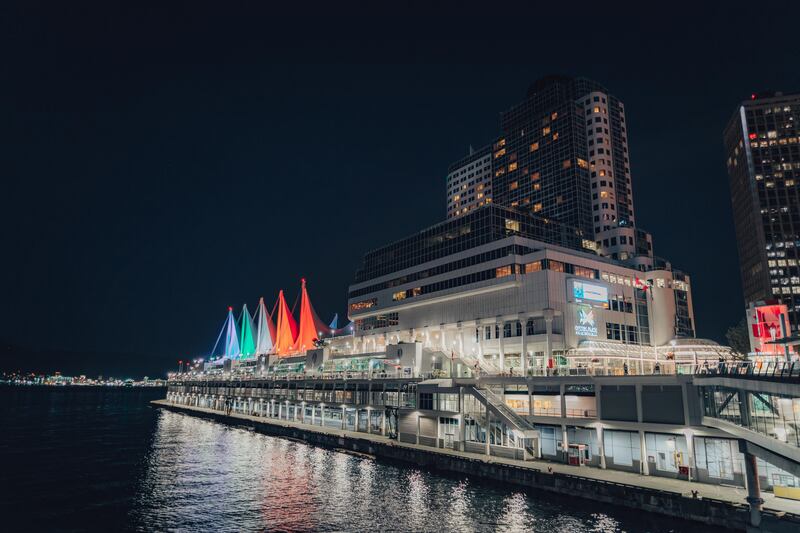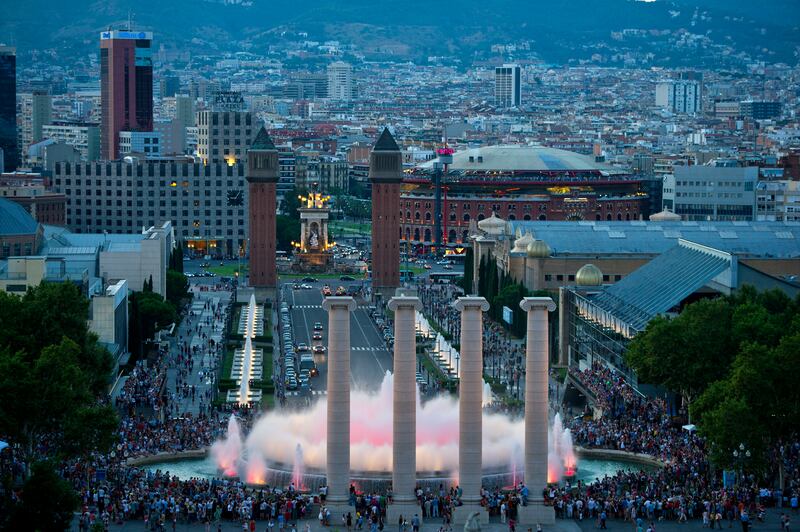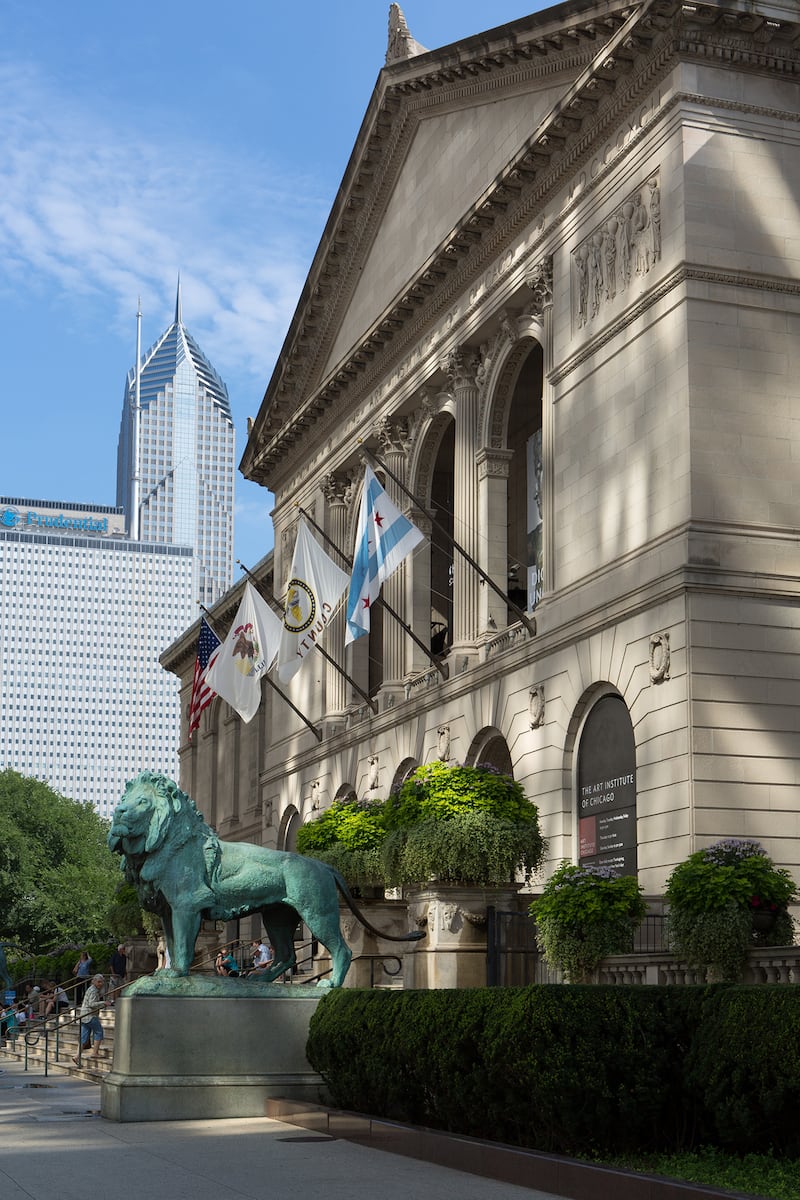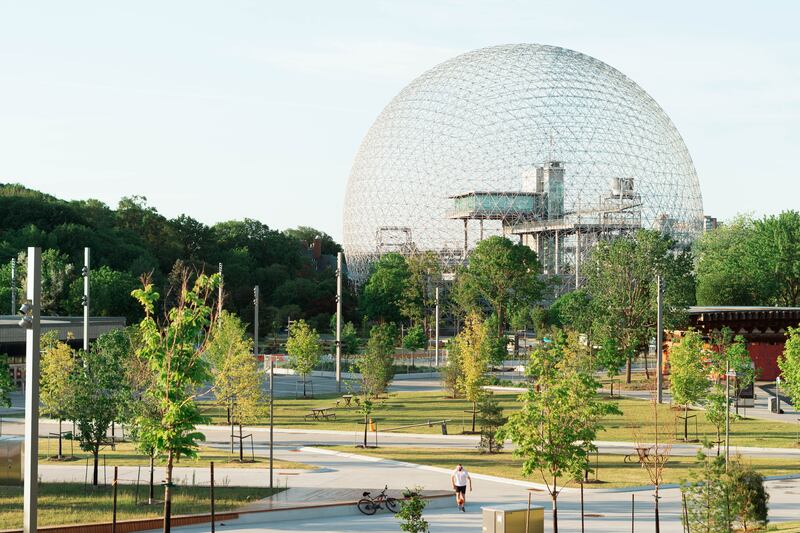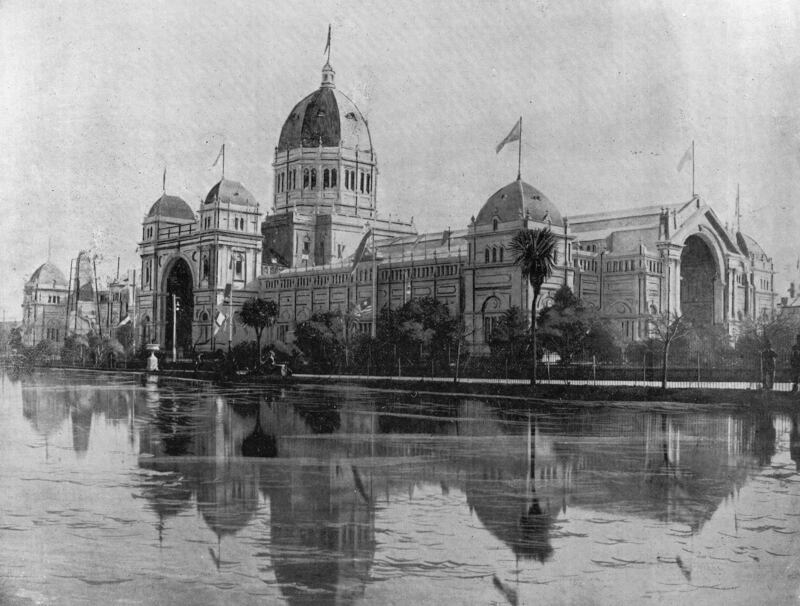There are still seven weeks to go but thoughts are already turning to the future of the Expo 2020 Dubai site, with the news that it will become a residential community with an emphasis on walking and cycling – the Emirates' first “15-minute city”, called District 2020.
Expos are by their very nature temporary, but their legacy tells another story. Around the world, there are dozens of buildings and structures from previous world fairs that survive to this day.
Many are passed every day by people unaware of their story. One, in particular, is a landmark structure that has become a symbol of the city in which it stands. Here are 15 of the best examples.
Exhibition Road, London
This is where it all began. The Great Exhibition of 1851 is generally regarded as the first expo – or world fair, as they were once called.
Joseph Paxton’s Crystal Palace was dismantled and moved from Hyde Park to south London once it was over, but it burnt down in 1866.
But the site of the Great Exhibition and some of the leftover exhibits became three of London’s most famous museums, including the Victoria and Albert and the Museum of Natural History.
They are located on Exhibition Road – naturally – along with a department store first opened as a small shop by an enterprising businessman seeking to capitalise on the passing trade from the Great Exhibition. His name was Charles Harrod, who started the famous department store on nearby Brompton Road.
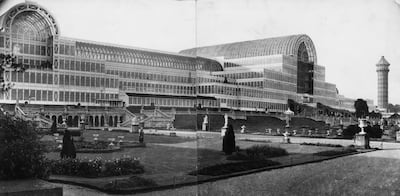
Eiffel Tower, Paris
At the time, the 324-metre Eiffel Tower was the tallest building in the world, built for the 1889 Paris World’s Fair.
Design purists and French intellectuals hated it, saying it ruined the beauty of the city.
But critics took heart that it would be only temporary and dismantled once the fair was over. Not so fast.
Saved by popular opinion, the Eiffel Tower is now an instantly recognisable symbol of Paris and the most visited monument with an entrance fee in the world.
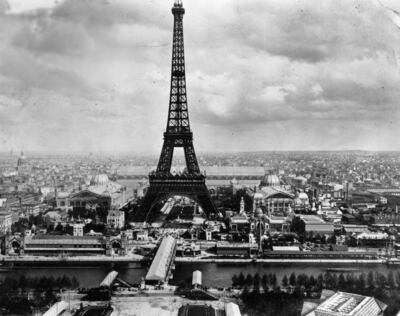
Unisphere, New York
Built as the centrepiece of the 1964 New York World’s Fair, the Unisphere is in the unfashionable borough of Queens to celebrate “man's achievements on a shrinking globe in an expanding universe”.
The 43-metre tall stainless steel globe is now the centrepiece of a park and has been restored twice after falling into neglect. It has featured in numerous films, notably in the original Men in Black, when it was destroyed by a crashing alien spaceship.
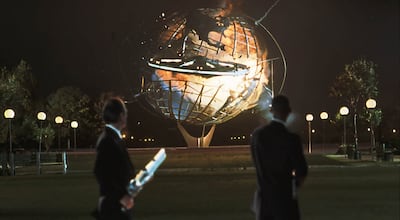
Space Needle, Seattle
For the 1962 Seattle World’s Fair, organisers came up with the idea of a restaurant on top of a tower.
The Space Needle was the result, a 184-metre structure that is earthquake-proof and can withstand winds of 320 kilometres an hour – necessary in the climatic environment of Washington State. Even more impressively, the Space Needle was built in just over a year.
Atomium, Brussels
The city’s most popular tourist attraction – even more so than the famous Manneken Pis statue – was built as the main pavilion of the 1958 World’s Fair.
It represents scientific progress, with the shape of iron atoms. The steel globes are actually rooms, six of which can be visited by the public.
Originally designed to last six months, it was comprehensively restored in 2006.
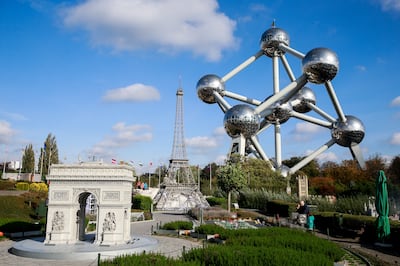
Plaza de Espana, Seville
It served as the lakeside city on Naboo in Star Wars: The Phantom Menace, while doubling for the British Army HQ in Cairo in Lawrence of Arabia, and featuring in Game of Thrones.
Originally built for the Ibero-American Exposition of 1929, it is one of 25 buildings that survive from that world’s fair.
Art Institute of Chicago
One of the world’s finest collections originally housed the World's Columbian Exposition, or the 1893 Chicago World’s Fair, which celebrated the 400th anniversary of Christopher Columbus’s arrival in the Americas.
Always intended to be handed over as a gallery when the fair ended, it now houses works such as George Suerat’s pointillist masterpiece Sunday in the Park, Edward Hopper’s Nighthawks and Grant Wood’s American Gothic.
Magic Fountain of Montjuic, Barcelona
Spain hosted not one, but two world’s fairs in 1929.
The Barcelona Great Universal Exhibition had as its centrepiece what can be said to be the original dancing fountain, which survives along with the main building, the Palau Nacional, and no less than 117 structures in the Pablo Espanyol, or Spanish Village.
Biosphere, Montreal
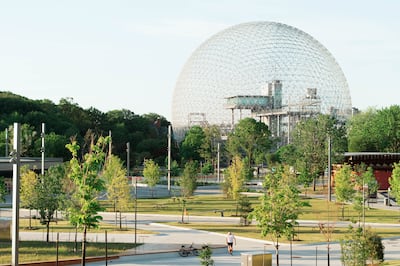
For Expo ’67, the United States commissioned the architect and futurist Buckminster Fuller to build one of his geodesic domes for its pavilion.
Badly damaged in a 1976 fire, the 76-metre diameter structure was reborn as an environmental museum in 1995 and features in an episode of the cheesy 1970 TV sci-fi series Battlestar Galactica.
China Pavilion, Shanghai
The China pavilion at 2010 Expo in Shanghai was displayed in the history of world's fairs when it opened.
Costing an estimated $200 million, its design incorporates a number of distinctively Chinese elements, including a 2,000-year-old wooden bracket that provides the overhanging shape.
After the expo, it became the China Art Museum. The UAE pavilion at Shanghai, incidentally, was relocated to Saadiyat Island.
Palace of Fine Arts, San Francisco
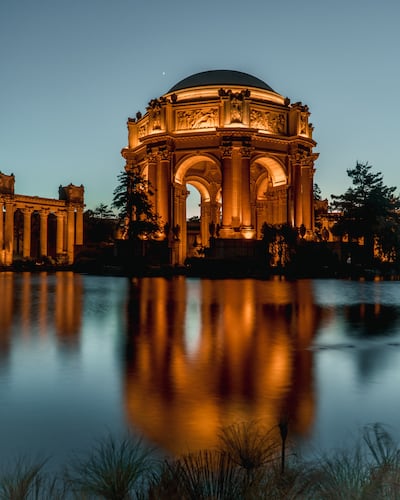
Resembling Roman ruins, this popular tourist attraction set in a park was actually built for the 1915 Panama-Pacific International Exposition.
Intended to be demolished at the end of the fair, it was made from plaster on a wooden frame and had to be completely rebuilt in concrete in the 1970s.
Royal Museum for Central Africa, Brussels
Built for the Brussels International Exposition of 1897 on the orders of King Leopold ll of Belgium to put a gloss on the often brutal subjugation of millions of Africans for his private colony, the Congo Free State.
The fair also featured the now-notorious “human zoo” in which nearly 300 Africans were displayed. Today, the building is an ethnographic and anthropology museum.
Canada Place, Vancouver
Inviting comparisons with the Sydney Opera House, the striking sail-like fabric roof of the Canada pavilion was one of the highlights of Expo ’89.
After the expo ended it was converted into a convention centre and cruise-ship passenger terminal, thanks to its waterfront location.
Royal Exhibition Building, Melbourne
Built for the Melbourne International Exhibition in 1880, with a design based on several architectural styles and with a dome replicating the Duomo cathedral in Florence.
It was also the site of the 1889 Centennial International Exhibition and the opening of the Australian Parliament in 1901. Now an exhibition centre, it was the first building in Australia to be awarded Unesco World Heritage Status.
Tower of the Sun, Osaka
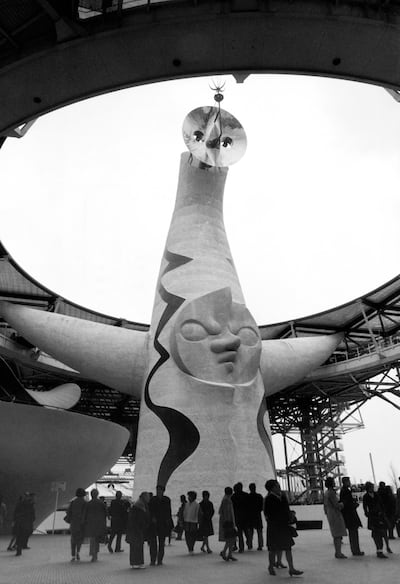
The face of Expo ’70 – literally – in Japan. The 70-metre tall sculpture by Taro Okamoto faces in three directions, representing the future, present and past.
It was also a pavilion, with the interior representing evolution in the form of a tree of life.
After renovation, it was reopened to the public in 2018. Osaka was also the first Expo at which the UAE was represented, with the Abu Dhabi pavilion.
